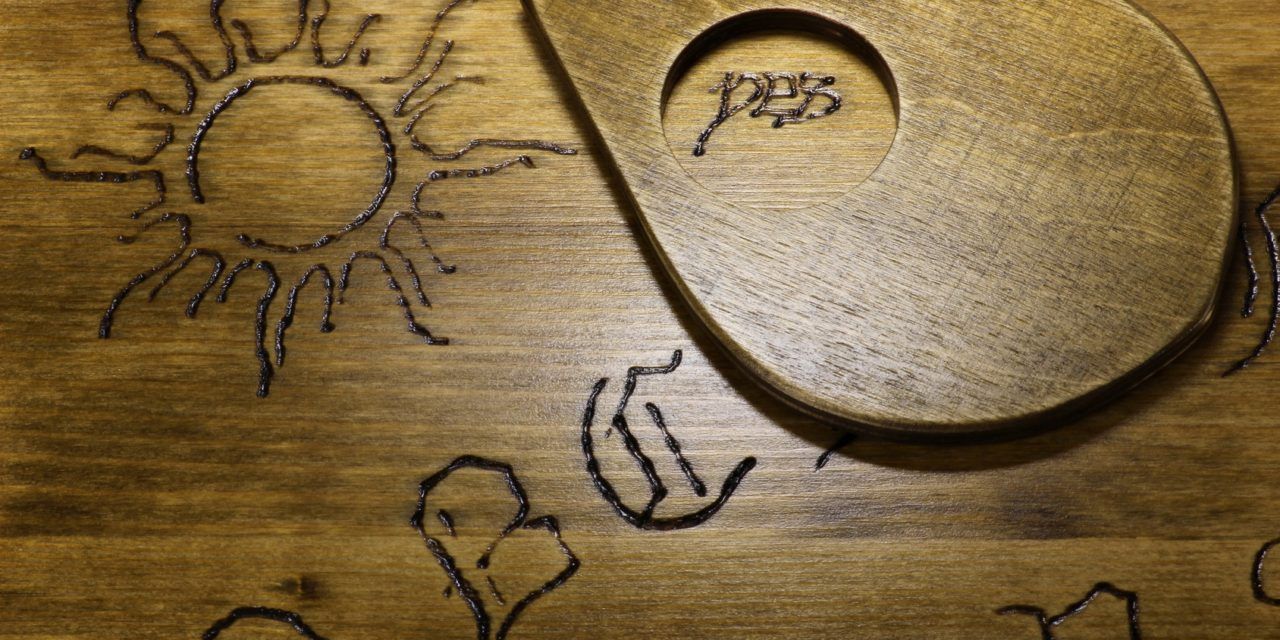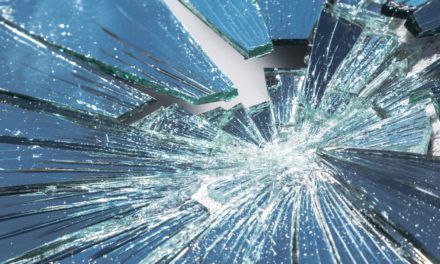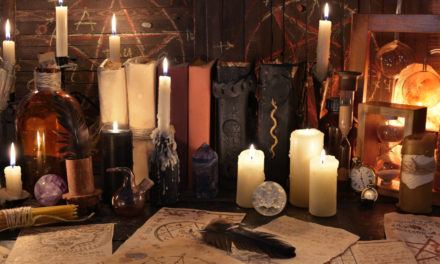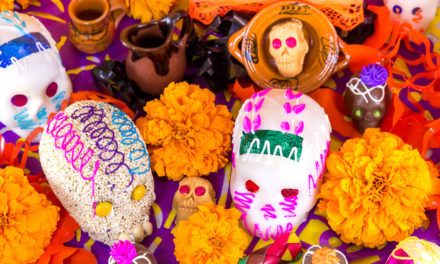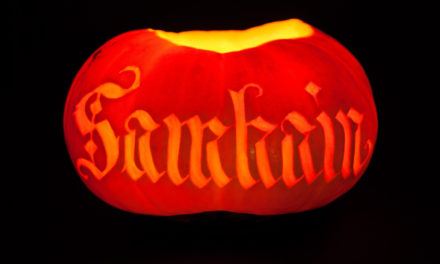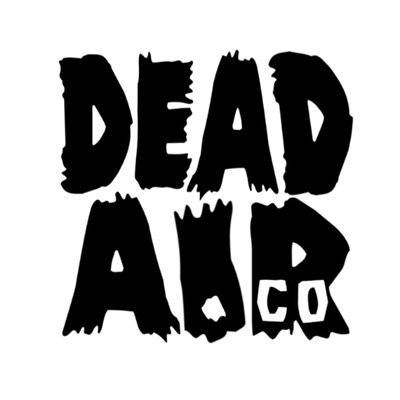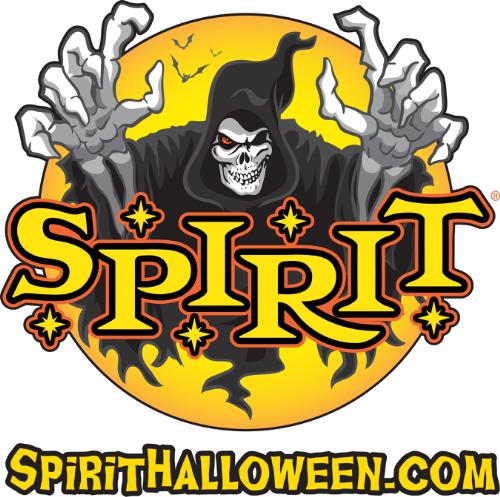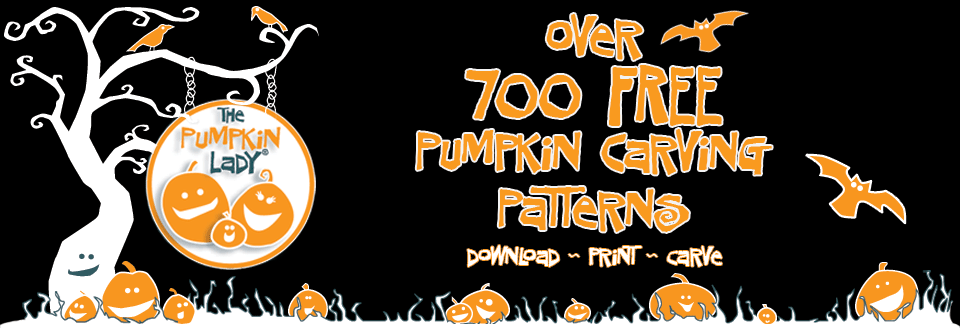Ouija (pronounced wee-gee) boards are nothing if not controversial. Most people see Ouija boards as nothing more than a toy. Others believe that it is a tool used by “mediums” to contact the spirit world. Some say that the Ouija board was a tool of the devil himself and that evil spirits can disguise themselves as loved ones, enter the body, and take control of a person’s life.
There are a lot of theories about the origin of the Ouija board. Most people agree that the first historical mention of such a board is found in Chinese history about the year 1200 BC. Some, however, place the first use of something resembling a Ouija board at much earlier times, but the research is controversial. Either way, the Ouija board or something similar has been around for many centuries.
A Ouija board is a board with letters, numbers, and other symbols printed on it that uses a planchette or movable indicator that supposedly points to the numbers or letters in order to answer questions from people at a seance.
Ouija boards had already been around for a very long time, but in 1890, a man by the name of Elijah Bond had the bright idea to patent the idea. He was granted U.S. Patent 446,054 for a “Talking Board.” An employee of Bond’s by the name of Fuld invented his own version of the “Talking Board,” named it the “Ouija Board,” and today the name Fuld is synonymous with the Ouija Board. Parker Brothers (the famous board game company) bought Fuld’s business in 1966 and today holds all of the patents and trademarks.
Science always insists on trying to provide a “logical” explanation for the paranormal. The scientific explanation of how a Ouija board works is that the users are actually moving the indicator with their subconscious minds and giving credit to the dead.

